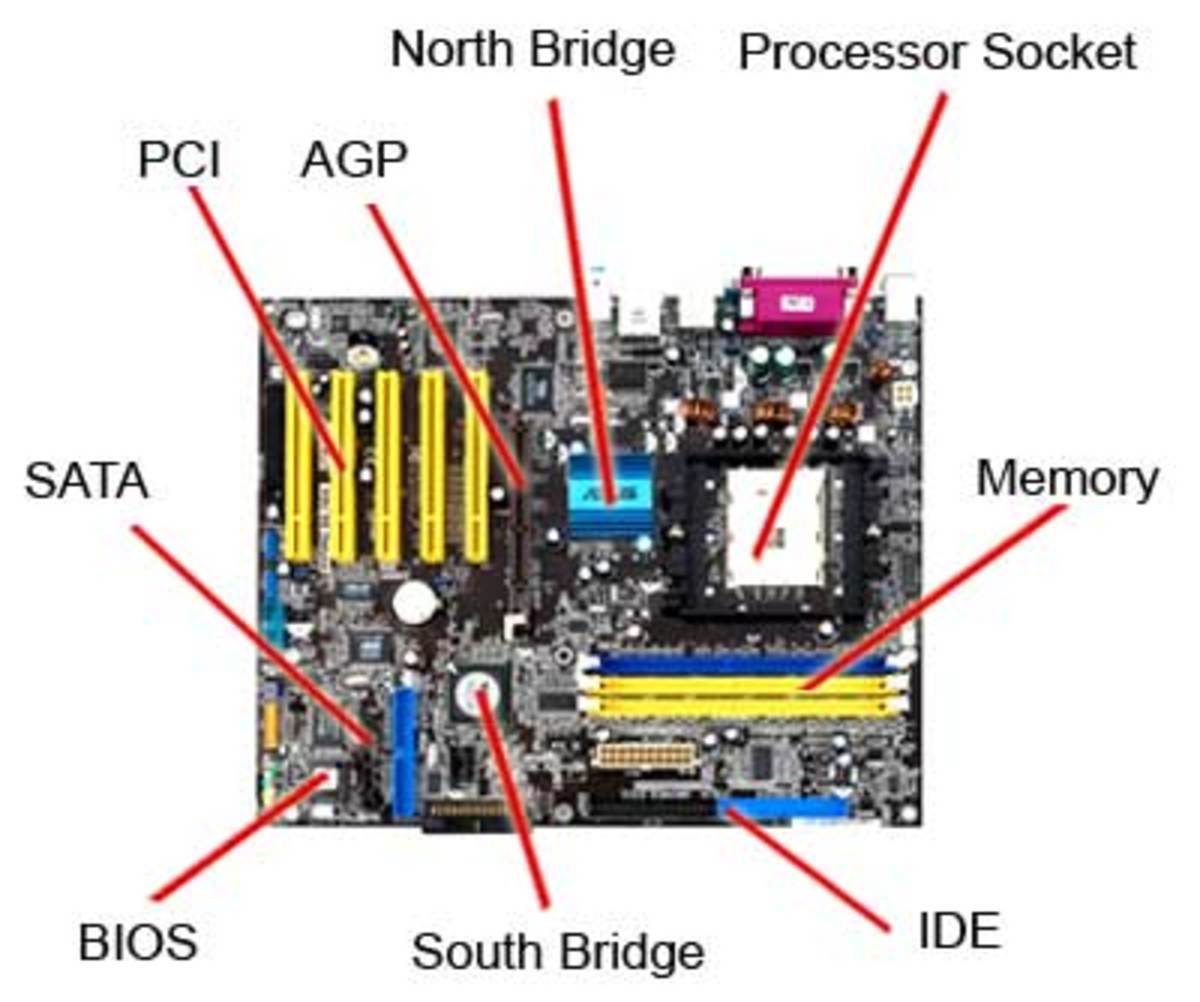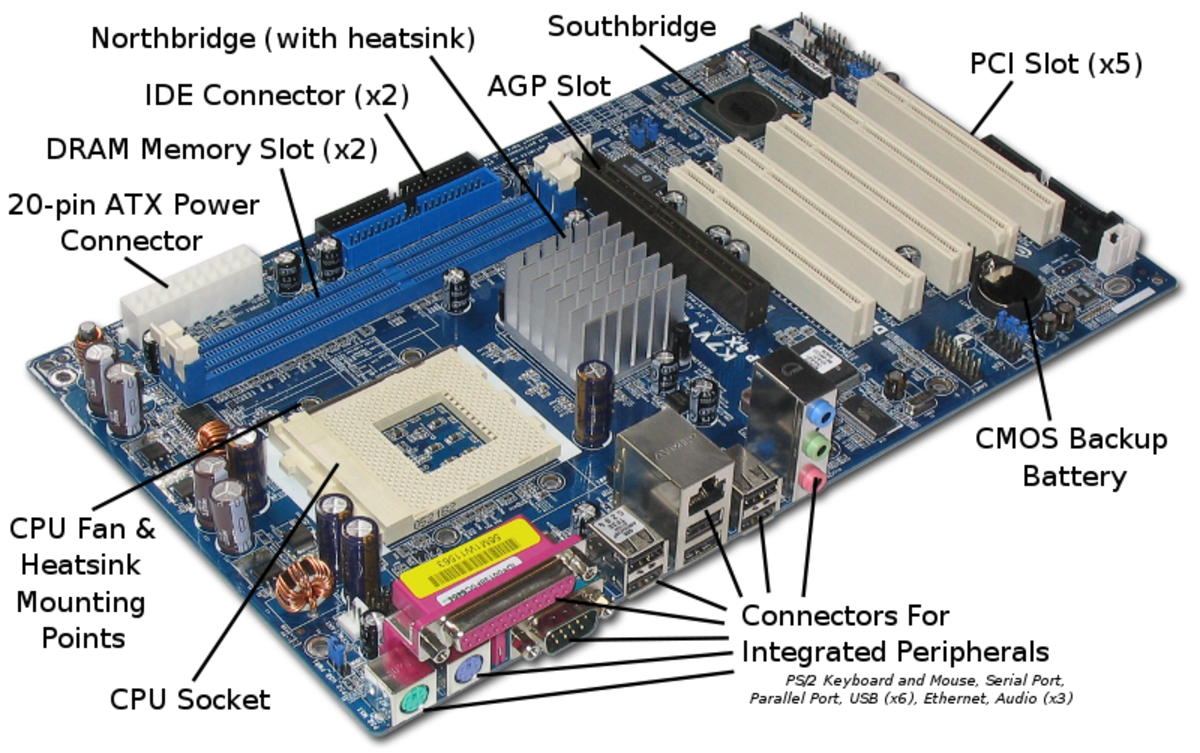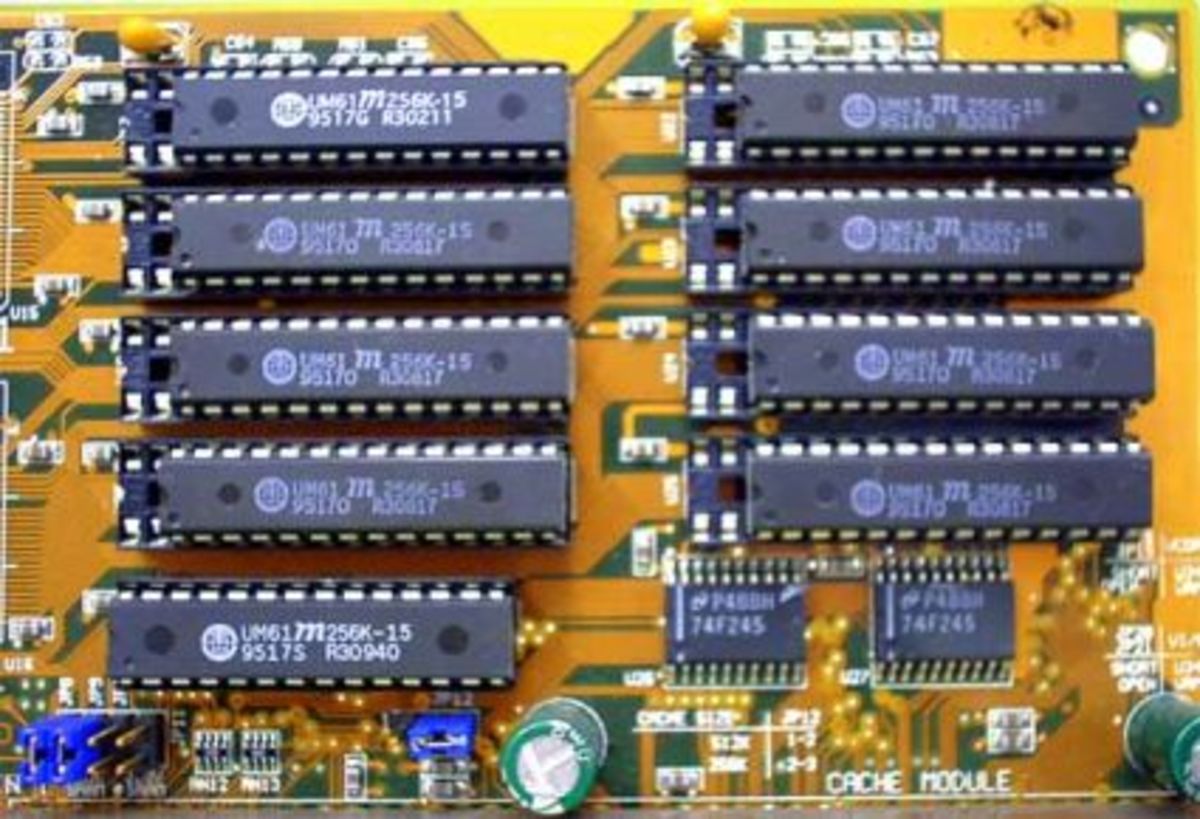
I grew up playing tennis in the 1970s, which was a great time for the sport of tennis. It was then that tennis really became more of a mainstream sport than a sport for the privileged, especially here in the United States. With the likes of Jimmy Connors, Bjorn Borg, John McEnroe, Chris Evert, and others, there were plenty of personalities to fuel the rivalries that took place on and off the court. Since that time, many great players have come and gone. Because it is difficult to compare players of different eras in any sport due to technology changes and higher fitness standards, selecting a greatest player ever can be a difficult and very subjective task.
Despite the challenge, here is my list of the 10 greatest male tennis players of all-time.
10. John McEnroe
- Born: February 16, 1959Wiesbaden, West Germany
- Resides: New York City
- Turned pro: 1978
- Retired: 1992
- Career prize money: $12,547,797
- 71 career titles
- 7 Grand Slam Singles Titles: 3 Wimbledon, 4 US Open
- Inducted into Tennis Hall of Fame: 1999
John McEnroe: What do we do about Johnny Mac? Well, for starters we include him on our list of all-time greats. When it came to hard courts, fast surfaces, and creative shot-making, there may have been no one better.
His fiery attitude and occasional bad-boy behavior made tennis fans either hate him or love him. Underneath was a highly competitive athlete who hated to lose and sometimes let his emotions get the best of him.
Who can forget his epic battles with rival Jimmy Connors and his five-set loss to Bjorn Borg in the 1980 Wimbledon final, one of the greatest matches in Wimbledon history?
9. Andre Agassi
- Born: April 29, 1970Las Vegas, Nevada
- Resides: Las Vegas, Nevada
- Turned pro: 1986
- Retired: 2006
- Career prize money: $31,152,975
- 60 career titles
- 8 Grand Slam Singles Titles: 4 Australian, 1 French, 2 US Open, 1 Wimbledon
- Inducted into Tennis Hall of Fame: 2011
Who can forget the young, brash, long-haired Andre Agassi when he first arrived on the tennis scene in the late 1980s? I have to admit that at first I was put off by his seemingly "rock star" looks and attitude. But something happened along the way, and by the time he finished his 20-year career, I was not only a fan but I had also come to respect him as a great player and spokesman for the game.. With those killer ground strokes and returns of serve, no top-10 list would be complete without Andre Agassi.
Off the court, Agassi has proven to be a champion as well. There may be no athlete out there who does more for their community than Agassi and his wife, tennis legend Steffi Graf.
8. Jimmy Connors
- Born: September 2, 1952East St. Louis, Illinois
- Resides: Santa Barbara, CA
- Turned pro: 1972
- Retired: 1996
- Career prize money: $8,641,040
- 109 career titles
- 8 Grand Slam Singles Titles: 1 Australian, 2 Wimbledon, 5 US Open
- Inducted into Tennis Hall of Fame: 1998
No one dominated tennis more during the mid-1970s than Jimmy Connors. In 1974 alone, Connors had a staggering 99-4 record and won the three Grand Slam tournaments that he entered. Connors was banned from playing in the French Open in 1974 due to his association with World Team Tennis, and this prevented him from a possible Grand Slam sweep. Despite peaking in the 1970s, Connors had a long and impressive tennis career, retiring in 1996. Connors still holds the record for ATP tour titles with 109.
7. Ivan Lendl
- Born: March 7, 1960Ostrava, Czechoslovakia
- Resides: Goshen, Connecticut
- Turned pro: 1978
- Retired: 1994
- Career prize money: $21,262,417
- 94 career titles
- 8 Grand Slam Singles Titles: 2 Australian, 3 French, 3 US Open
- Inducted into Tennis Hall of Fame: 2001
The quiet and stoic Czech with the big serve was the most dominant player of the 1980s. Lendl wore down his opponents with his powerful ground strokes, topspin forehand and incredible level of conditioning. He was the world’s top-ranked player for four years and held the number one ranking in the world for 270 weeks, a record in that day. In contrast to many of his more outspoken peers, Lendl was known for letting his game do his talking.
6. Bjorn Borg
- Born: June 6, 1956Sodertalje, Stockholm County, Sweden
- Resides: Stockholm, Sweden
- Turned pro: 1973
- Retired: 1983
- Career prize money: $3,655,751
- 64 career titles
- 11 Grand Slam Singles Titles: 6 French, 5 Wimbledon
- Inducted into Tennis Hall of Fame: 1987
What was not to love about the long-haired, blonde Swede with the killer ground game? With ice water in his veins, the quiet Borg dominated tennis in the late 1970s and had some memorable matches with the likes of John McEnroe and Jimmy Connors. Borg dominated Wimbledon, winning the title five consecutive years from 1976 to 1980.
Despite his relatively brief career (he retired in 1983 at the age of 26), Borg won 11 Grand Slam titles, all at Wimbledon and the French Open. Borg was the first player of the modern era to win more than 10 majors.
5. Novak Djokovic
- Born: May 22, 1987Belgrade, Yugoslavia
- Resides: Monte Carlo, Monaco
- Turned pro: 2003
- Career prize money: $98,199,548
- 63 career titles
- 11 Grand Slam Singles Titles: 6 Australian, 3 Wimbledon, 2 US Open
- Current active player
Placing Novak Djokovic on this list was an easy decision, but where to place him was not. At just 28 years of age and in the prime of his career, Djokovic has the potential to win many more Grand Slam titles. By the time his career is finished, he could very well find himself well into the top five all-time. But, in the highly competitive world of tennis, he could also succumb to injury and miss out on his best years, so the jury is still out on his place in tennis history. Based on his body of work to date he has certainly made the case that he is the best player in the world at the moment and deserving of a top ten all-time.
With eleven Grand Slam titles now secured, including the 2016 Australian Open, and at just 28 years of age, Novak deserves to be elevated to the number five position. The likeable Djokovic certainly has the potential to rise further.
4. Rafael Nadal
- Born: June 3, 1986Manacor, Majorca, Balearic Islands, Spain
- Resides: Manacor, Majorca, Balearic Islands, Spain
- Turned pro: 2001
- Career prize money: $76,023,547
- 67 career titles
- 14 Grand Slam Singles Titles: 1 Australian, 9 French, 2 US Open, 2 Wimbledon
- Current active player
Were it not for the recurring tendinitis in his knees, Rafael Nadal may well have a few more Grand Slam titles to his already impressive resume. At 29 years of age, the fiery Spaniard, known as Rafa and “The King of Clay,” already has 14 Grand Slam titles and certainly has the potential to surpass Pete Sampras’s total of 14. Rafael is regarded as the greatest clay court player of all-time, although fans of Bjorn Borg may dispute this claim. His record 9th French Open title certainly makes it difficult to imagine anyone being better on clay. His latest bout of tendinitis seems to be behind him, so look for some great head-to-head matches in the coming years with Novak Djokovic, Andy Murray, and Roger Federer.
Rafa's comeback from injury in 2013 saw him return to form. His two Grand Slam titles in 2013, the French and US Open, marked his return to the top of world rankings. If he stays healthy, look for more Grand Slam titles to come.
3. Rod Laver
- Born: August 8, 1938Rockhampton, Queensland, Australia
- Resides: Carlsbad, California
- Turned pro: 1962
- Retired 1979
- Career prize money: $1,565,413
- 200 career titles
- 11 Grand Slam Singles Titles: 3 Australian, 2 French, 2 US Open, 4 Wimbledon
- Inducted into Tennis Hall of Fame: 1981
It’s difficult to assess how Rod Laver would have fared against the players of today, but I suspect the redheaded Aussie would have done just fine. It’s hard to argue with the “Rockets” record. He was ranked number one in the world for seven straight years (1964 – 1970) and has more career titles (200) than anyone in the history of the game.
He is the only player to have twice won the Grand Slam, doing it once as an amateur in 1962 and again as a pro in 1969. If Laver was not excluded from the Grand Slam tournaments during a five-year period in the mid-1960s, who knows how many he would have won. During this time period, the pre-open era, the Grand Slam tournaments were for amateurs only. The “open era” in tennis did not begin until 1968, when professionals were finally allowed to compete in the Grand Slam events. Given that Laver was ranked number one in the world during this five-year period, it’s likely he would have won many more Grand Slam titles.
2. Pete Sampras
- Born: August 12, 1971Potomac, Maryland
- Resides: Lake Sherwood, California
- Turned pro: 1988
- Retired 2002
- Career prize money: $43,280,489
- 64 career titles
- 14 Grand Slam Singles Titles: 2 Australian, 7 Wimbledon, 5 US Open
- Inducted into Tennis Hall of Fame: 2007
If the likes of Roger Federer had not come along, Pete Sampras would certainly be the number one player of all-time. When Pete retired in 2002, he was considered to be the best player of all-time. He was number one in the world rankings for six consecutive years and his 14 Grand Slam titles was a record at the time. Who can forget his epic battles with Andre Agassi that made the 1990s a great decade for tennis? Pete went out on top when he won the 2002 US Open, his last Grand Slam tournament.
1. Roger Federer
- Born: August 8, 1981Basel, Switzerland
- Resides: Wollerau, Switzerland and Dubai, UAE
- Turned pro: 1998
- Career prize money: $97,855,881
- 88 career titles
- 17 Grand Slam Singles Titles: 4 Australian, 1 French, 5 US Open, 7 Wimbledon
- Current active player
It’s hard not to select Roger Federer as the greatest of all time. His record 17 Grand Slam titles speak for themselves, and even at the age of 34, he is still capable of winning another title. His 302 weeks ranked as number one in the world is an open-era record. From 2004 to 2008, Federer went 237 consecutive weeks being ranked number one in the world, a record that may never be surpassed. Even though younger players are now finding a way to beat Roger, his consistently high level of play over his almost 18-year career is a testament to his conditioning and ability. In my book, Roget Federer is the greatest of all-time.







